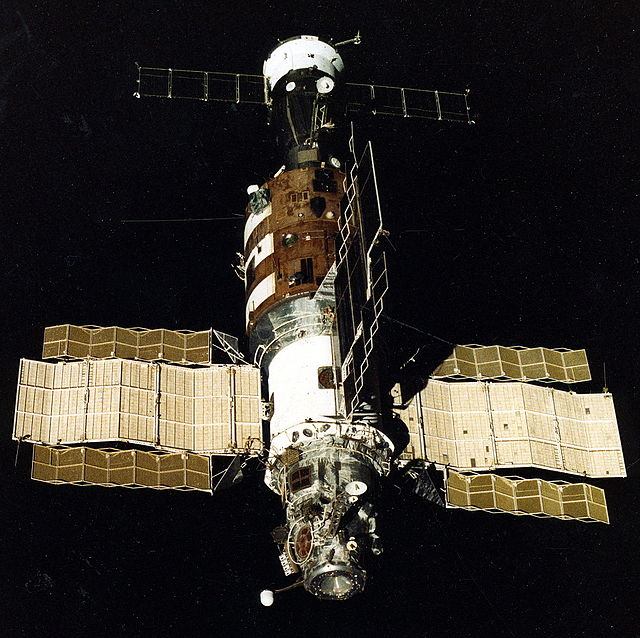The little-known Soviet mission to rescue a dead space station

🌈 Abstract
The article describes the rescue mission to repair the Soviet space station Salyut 7 after it lost communication and went silent in 1985. It covers the challenges faced by the mission controllers, the development of new docking techniques, the selection of the crew, and the successful docking and attempted repair of the station.
🙋 Q&A
[01] The Situation
1. What was the initial problem with Salyut 7 that led to the loss of communication?
- The station experienced a surge of current in the electrical system, which led to the tripping of overcurrent protection and the shutdown of the primary radio transmitter circuits. The backup radio transmitters were automatically activated, but the controllers decided to reactivate the primary radio transmitter, which caused a cascade of electrical shorts and knocked out both the radio transmitters and receivers, leaving the station silent and unresponsive.
2. What were the options considered by the flight controllers to address the situation?
- One option was to simply abandon Salyut 7 and wait for its successor, Mir, to become available before continuing the manned space program. However, this would mean suspending the space program for a year and losing significant scientific work and engineering tests planned for Salyut 7.
- The other option was to fly a repair crew to the station to fix it manually, which was a bold and risky move as the standard automated docking procedures could not be used.
3. What were the key challenges in attempting a manual docking with the silent station?
- The lack of communication with the station meant there was no way to know the status of the onboard systems, and the crew might encounter issues like a fire, depressurization, or other failures upon arrival.
- The automated docking system would need to be removed, and new docking techniques would have to be developed from scratch, with the goal of getting the Soyuz ship within 5km of the station for a manual docking.
[02] The Rescue Mission
1. Who were the crew selected for the rescue mission, and why were they chosen?
- Vladimir Dzhanibekov and Victor Savinikh were selected as the crew. Dzhanibekov had experience performing a manual docking in orbit, and Savinikh was familiar with Salyut 7's systems, having previously visited the station.
2. What modifications were made to the Soyuz spacecraft for the rescue mission?
- The automated docking system was removed, and a laser rangefinder was installed to assist the crew in determining their distance and approach rate. The third seat was also removed, and extra supplies like food and water were brought on board.
3. Describe the approach and docking of the Soyuz spacecraft with the silent Salyut 7 station.
- The station's orbit was measured using ground-based radar, and this information was communicated to the Soyuz to plot a rendezvous course. The crew was able to get the Soyuz within 5km of the station, at which point they performed a manual docking, successfully capturing the station.
4. What was the crew's initial concern after successfully docking with the station?
- The crew received no acknowledgement, either electrical or physical, from the station after docking, leading to concerns that the station had depressurized. Their first step was to try to equalize the pressure between the Soyuz and the station.